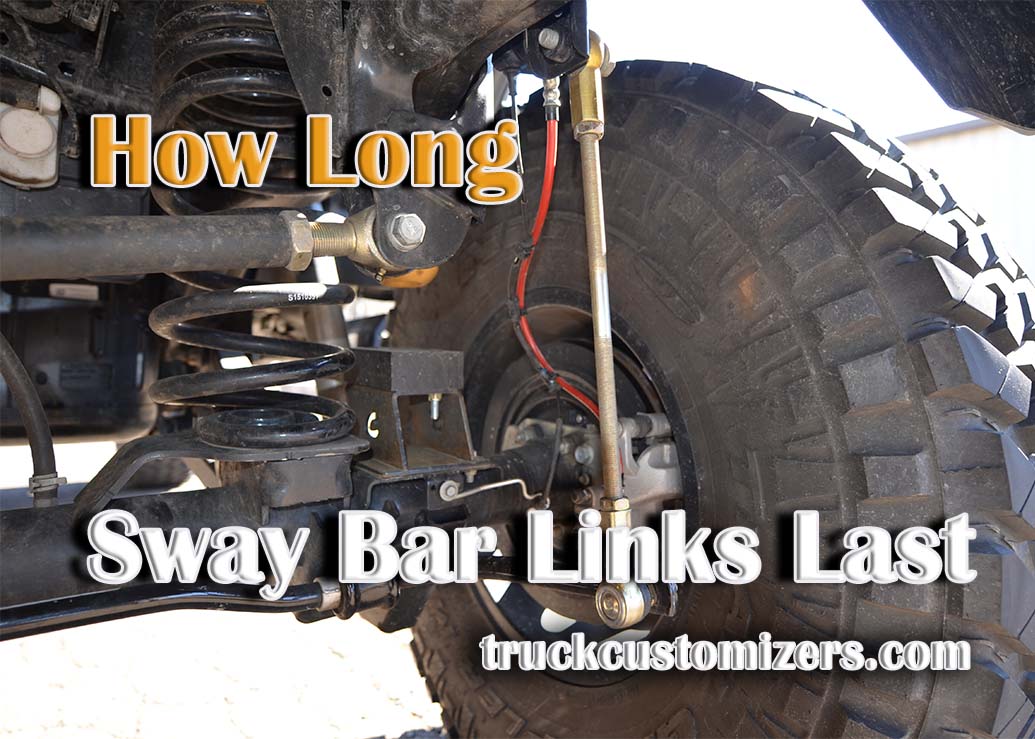Lifting a Jeep is a popular customization among off-road enthusiasts, sought after for its ability to enhance the vehicle’s ground clearance and rugged appearance. However, this modification is not just about aesthetics. It involves significant changes to the Jeep’s factory settings, affecting its suspension geometry and overall dynamics. Lifting a Jeep can unlock new off-roading capabilities, allowing it to navigate tougher terrains with ease. However, these modifications can also introduce mechanical challenges, such as altered handling and increased wear on various components. Understanding these potential issues is crucial for anyone considering this upgrade, ensuring that the benefits of lifting align with the individual’s off-roading goals and driving style.
Types of Lifts and Their Impact
The process of lifting a Jeep involves choosing between two main types of modifications: body lifts and suspension lifts. A body lift raises the body of the Jeep from its frame using spacers or blocks, which allows for larger tires but does not affect the suspension system. This type of lift is often seen as a cosmetic enhancement rather than a functional upgrade. In contrast, a suspension lift is more comprehensive, raising the entire suspension system of the Jeep. This not only increases ground clearance but also improves the vehicle’s off-road performance by enhancing its ability to tackle obstacles and uneven terrain. Each type of lift affects the Jeep’s performance in different ways, with suspension lifts having a more significant impact on the vehicle’s handling, stability, and overall wear on suspension components.
Common Problems Associated with Lifting a Jeep
Lifting a Jeep can lead to various issues, especially if the modifications are not carefully planned and executed. Some of the common problems include:
-
Driveline Vibrations: Changes in the angle of the driveshaft can cause uncomfortable vibrations, potentially leading to wear and damage in the drivetrain.
-
Handling and Stability Issues: Lifting a Jeep can affect its handling characteristics, especially at higher speeds, and may impact overall vehicle stability.
-
Increased Stress on Components: The additional strain on the suspension, steering system, and drivetrain caused by lifting can accelerate the wear and tear of these components, leading to more frequent repairs and maintenance.
Being aware of these issues and addressing them during the modification process is essential for maintaining the performance and safety of the lifted Jeep.

Addressing Lifting-Related Issues
To effectively address the problems associated with lifting a Jeep, a comprehensive approach is required. Professional installation by experts familiar with the specific model of the Jeep ensures that the lift is applied in a way that minimizes negative impacts. Upgrading key components like control arms, track bars, and even shock absorbers can help maintain proper alignment and suspension geometry. This is particularly important for preserving the driveline angles and preventing vibrations. Additionally, post-lift, regular maintenance checks become more crucial. These checks should focus on suspension components, steering alignment, and tire wear to ensure ongoing safety and performance. Being proactive about maintenance not only extends the life of the modified Jeep but also enhances the overall driving experience, ensuring the vehicle remains capable and reliable for both on-road and off-road adventures. For enthusiasts looking to enhance their trucks for towing purposes, it’s important to explore options like the best shocks for towing F150, which can offer valuable insights for similar modifications.
Conclusion: Balancing Benefits and Risks
In concluding, the decision to lift a Jeep should be made with a clear understanding of both the benefits and the potential challenges. While a lifted Jeep offers improved off-road capability and a distinct aesthetic, it also requires a commitment to ongoing maintenance and care. Selecting high-quality lift kits and components, coupled with professional installation, can mitigate many common issues. Regular maintenance, focused on the areas most affected by lifting, is essential to preserve the longevity and safety of the vehicle. In essence, lifting a Jeep can greatly enhance its off-road prowess and appearance, but this comes with the responsibility of diligent care and attention to detail. By carefully considering and addressing the various factors involved in lifting a Jeep, owners can enjoy the rewards of their modifications while maintaining the vehicle’s integrity and performance.



